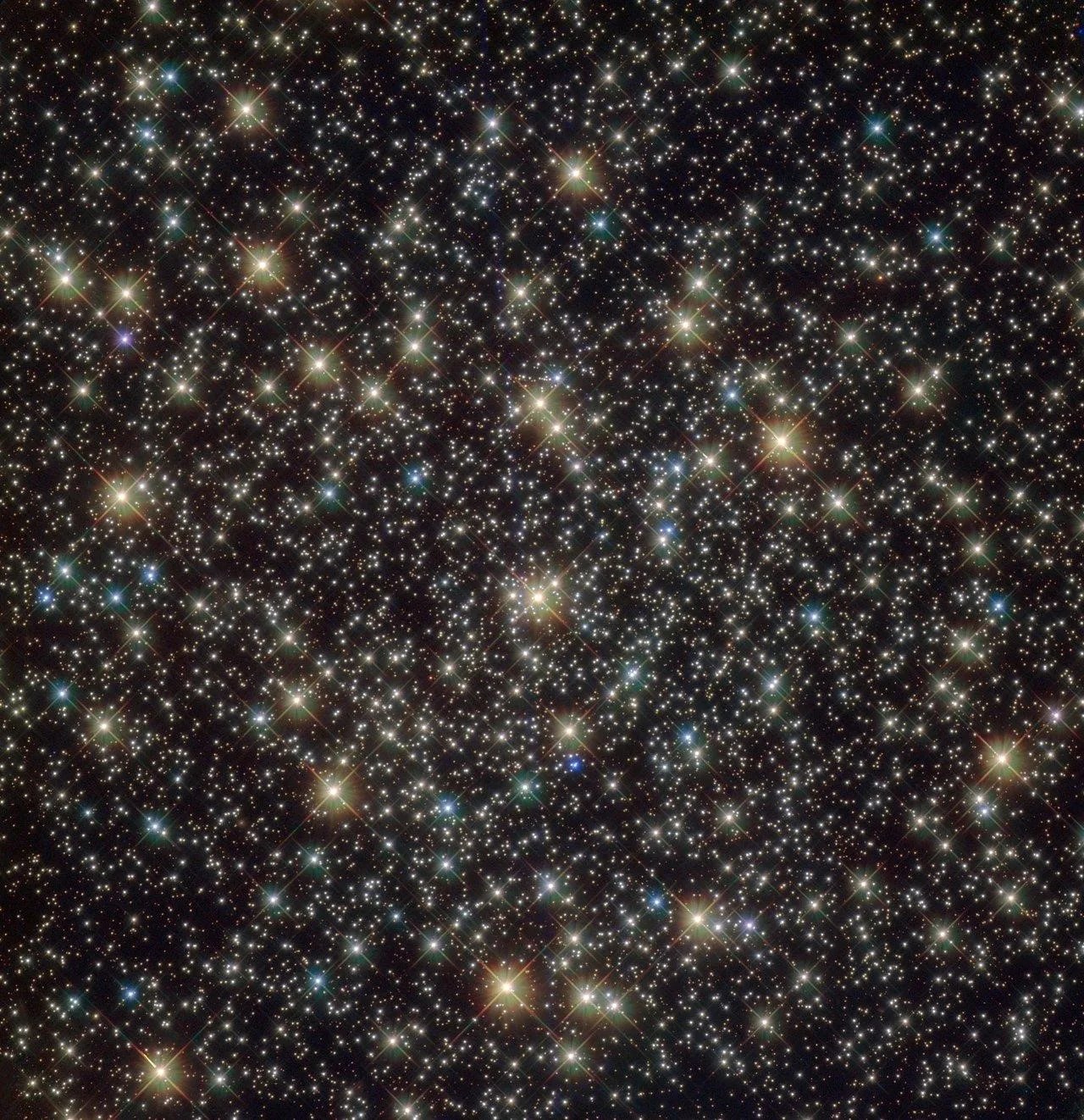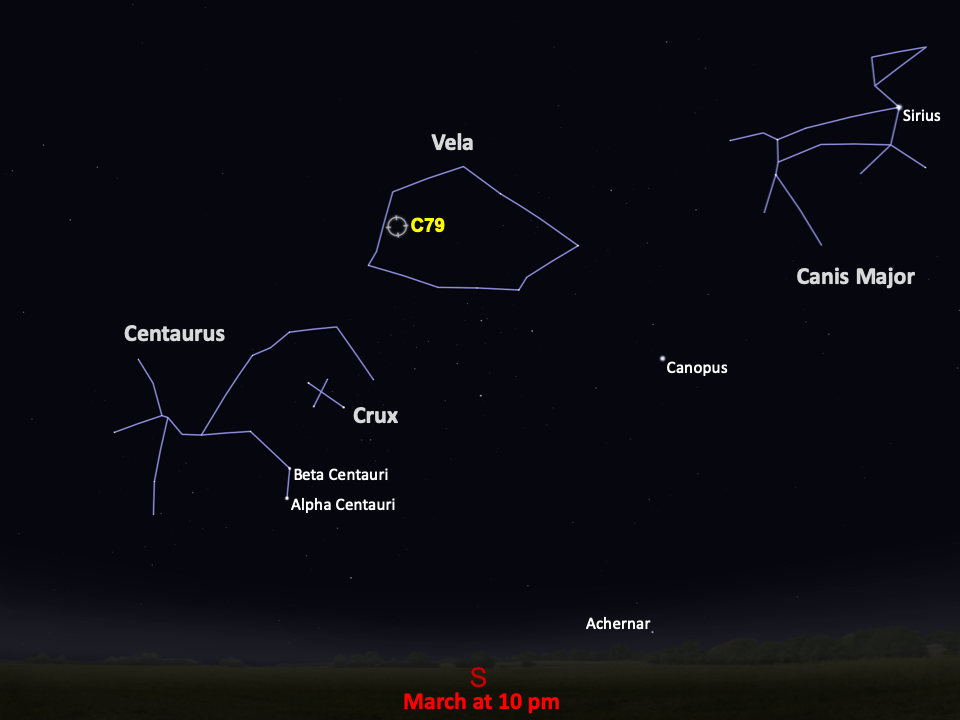Caldwell 79
Caldwell 79, also called NGC 3201, was discovered by Scottish astronomer James Dunlop in 1826.
Distance
16,000 light-years
Apparent Magnitude
6.7
constellation
Vela
object type
Globular Cluster
This Hubble image features stars at the center of the glittering globular cluster Caldwell 79. Globular clusters are dense, gravitationally bound packs of stars that roam the fringes of the galaxy. Most of the Milky Way’s globular clusters are estimated to be over 10 billion years old — about twice as old as our solar system. They typically contain hundreds of thousands of stars that are thought to have formed at roughly the same time. They also contain some of the most ancient stars in our galaxy, but their role in galactic evolution is still a matter of study.
This image combines visible and ultraviolet observations taken with two of Hubble’s cameras: the Advanced Camera for Surveys and the Wide Field Camera 3. Hubble targeted Caldwell 79 because it has some peculiar qualities that could help astronomers understand how globular clusters form and evolve.
The cluster harbors a dark secret in its core — a black hole that’s indirectly visible through its gravitational effects on a nearby star. The cluster’s orbit is also puzzling because Caldwell 79 whips around the center of the galaxy in the opposite direction than what we would expect. This may indicate that Caldwell 79 didn’t originate in our galaxy at all — it may have formed elsewhere and then been ensnared by the Milky Way’s gravity when the cluster passed close by.
Possibly countering the theory that Caldwell 79 is of extragalactic origin, the cluster is chemically very similar to the galaxy’s other globular clusters. Further observations may reveal whether the cluster originated in our galaxy or formed elsewhere to be later subsumed.
Caldwell 79 was discovered by Scottish astronomer James Dunlop in 1826 and is also cataloged as NGC 3201. The cluster is located relatively nearby — about 16,000 light-years away toward the Vela constellation. With a magnitude of 6.7, it’s just a bit too dim to be seen with the unaided eye. A pair of binoculars is sufficient to view the cluster, though it will be a much more impressive spectacle viewed through a telescope. Unfortunately, Caldwell 79 isn’t easily visible from most northern latitudes, except those close to the equator, where observers can look for it in the springtime. The cluster is best viewed from the Southern Hemisphere during autumn months.
For more information about Hubble’s observations of Caldwell 79, see:
Hubble's Standout Stars Bound Together by Gravity
Glossary
Globular Cluster - A spherical group of stars that are gravitationally bound to each other, with most of the stars concentrated at the cluster’s center.
Magnitude - The brightness of an astronomical object, represented by a number; bright objects have low numbers on the magnitude scale, while dim objects have high numbers.
Explore Hubble's Caldwell Catalog
The following pages contain some of Hubble’s best images of Caldwell objects.
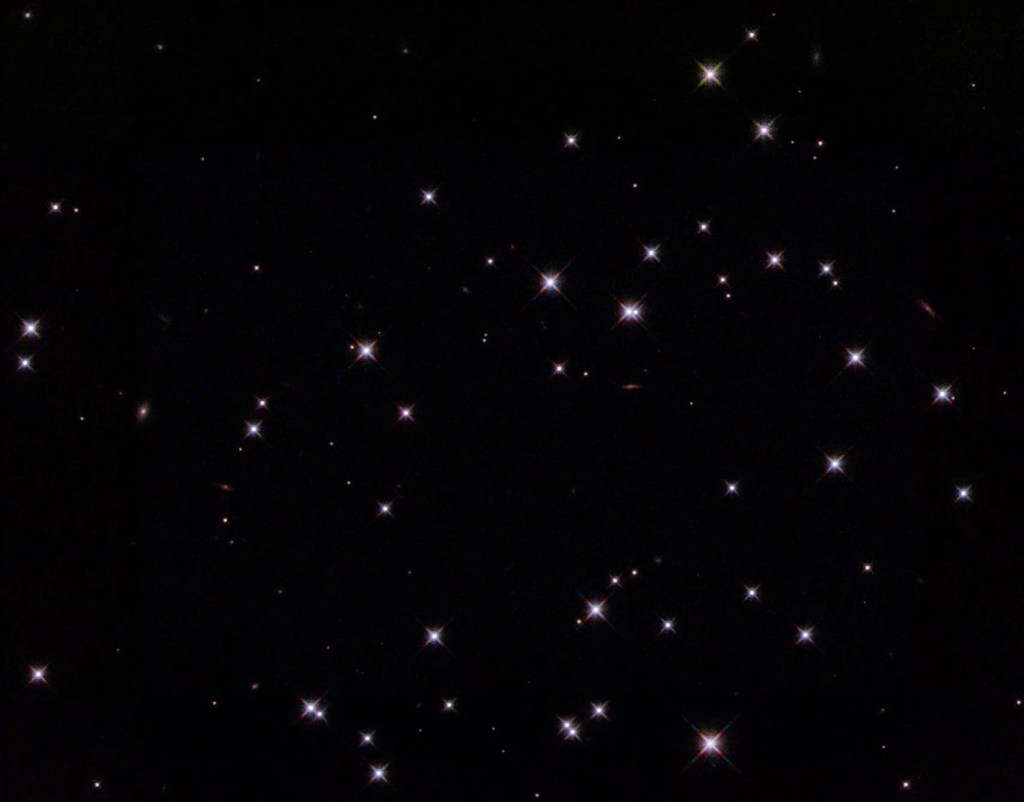
Also known as NGC 188, this group of stars formed from a large cloud of gas making the stars roughly…
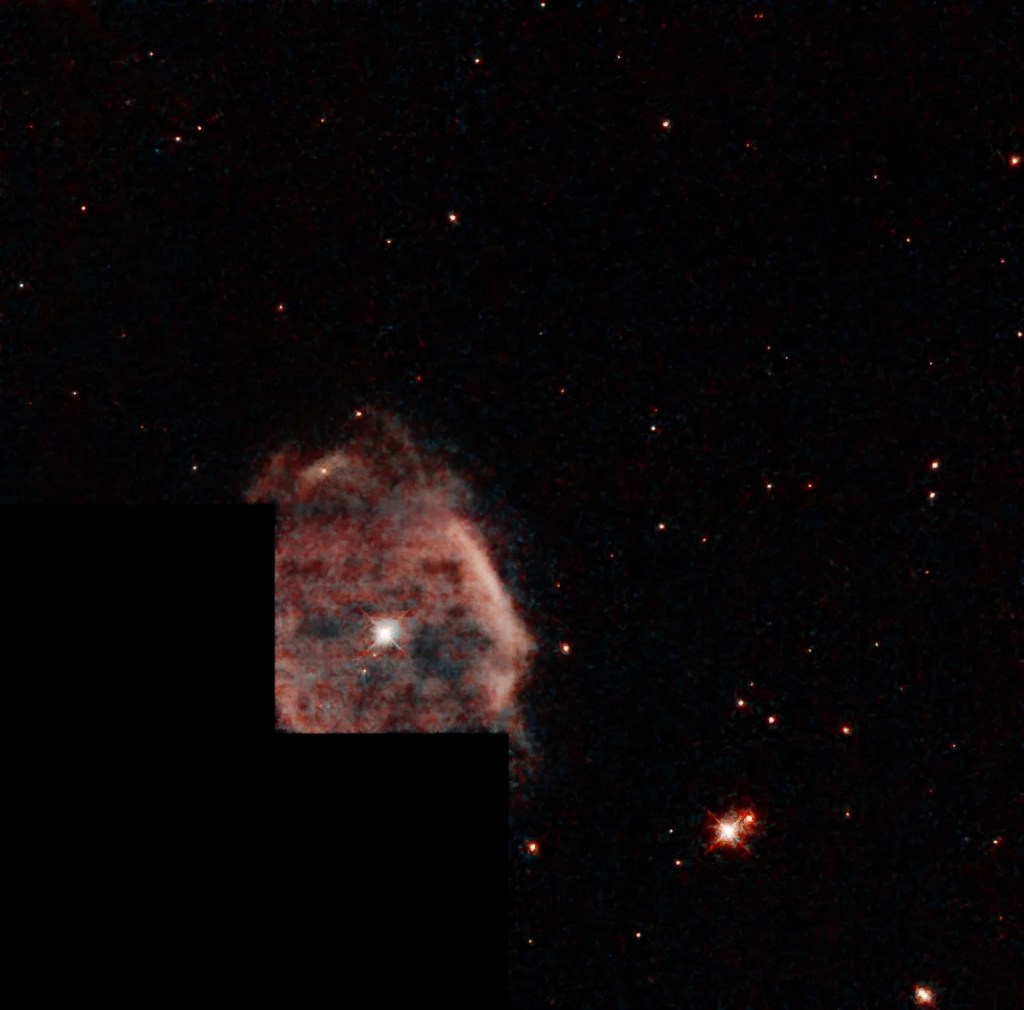
This shell of gas is expanding outward, away from the dying star within.
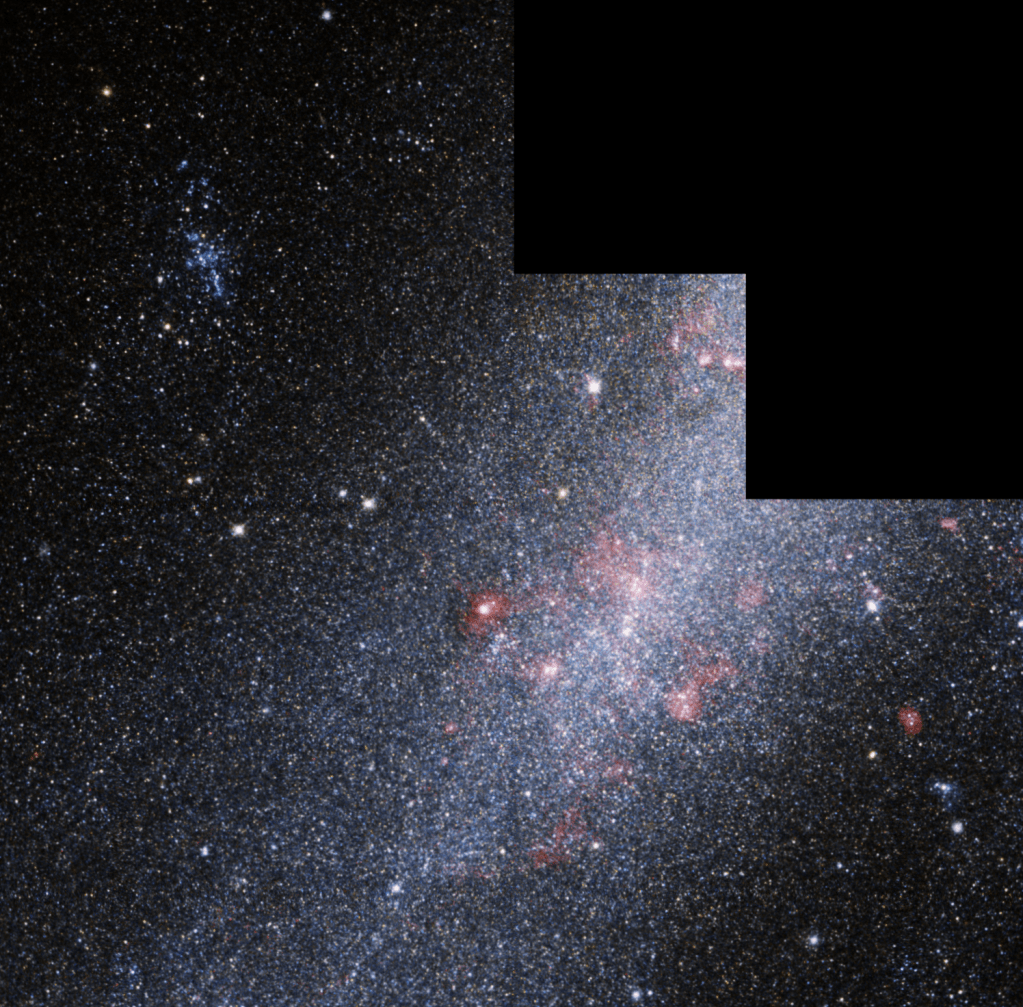
This barred spiral galaxy was first spotted by British astronomer William Herschel in April 1793 in the constellation Draco.

























